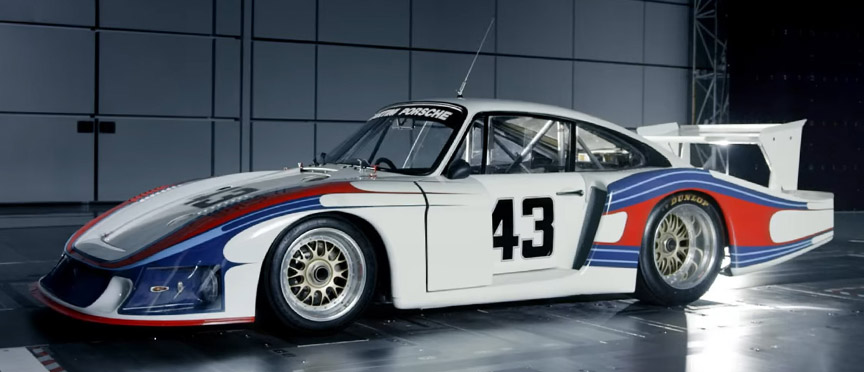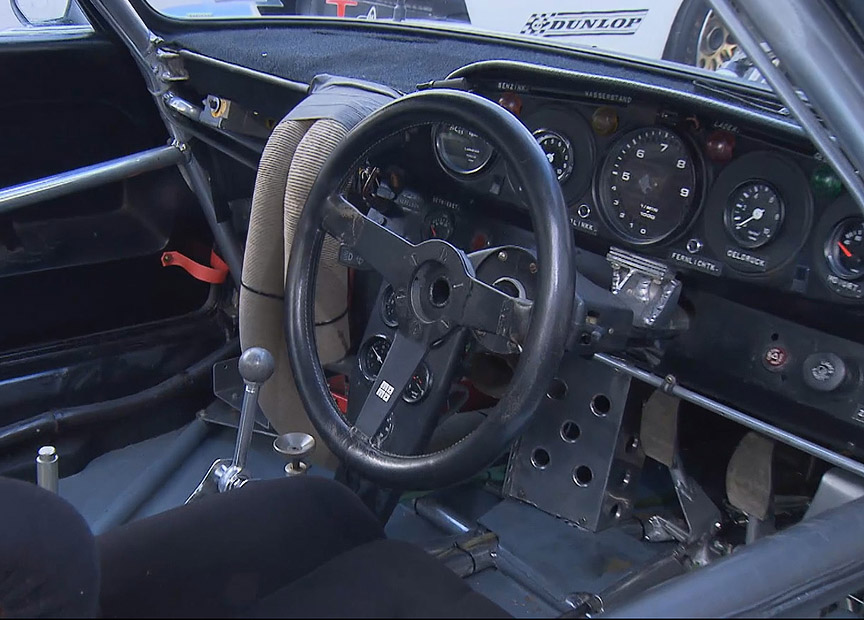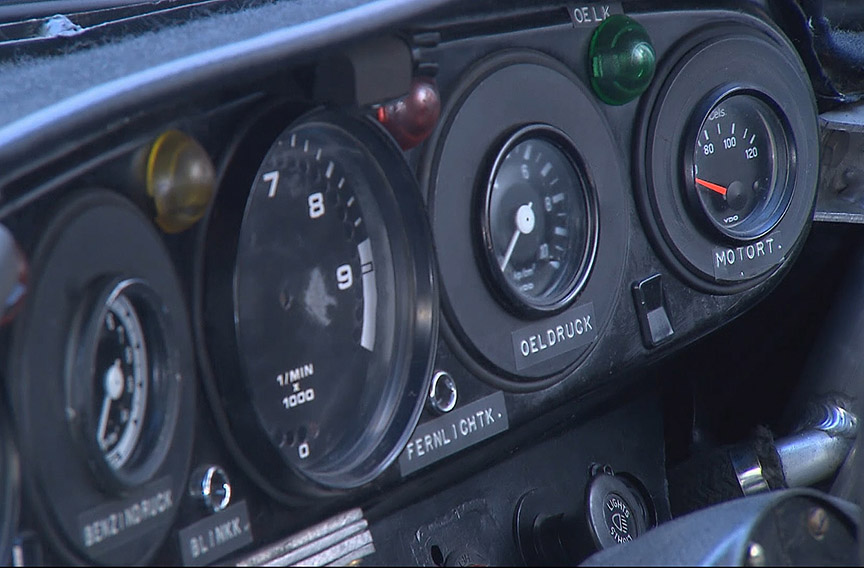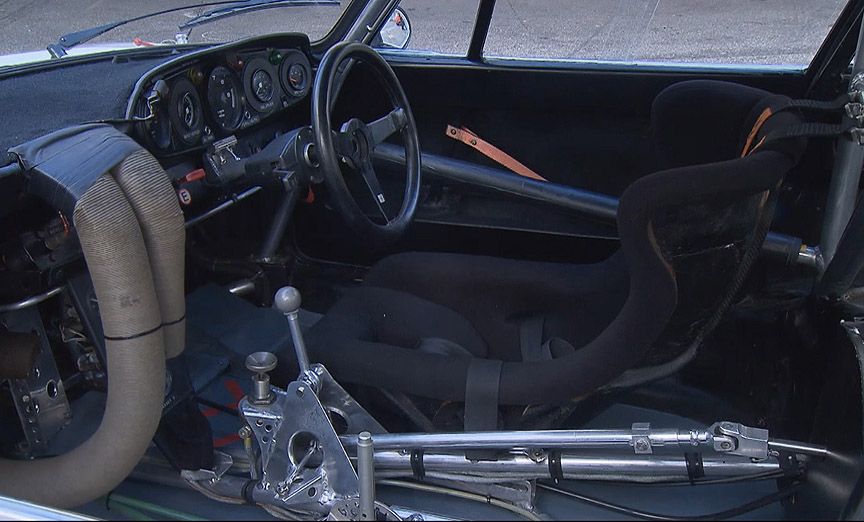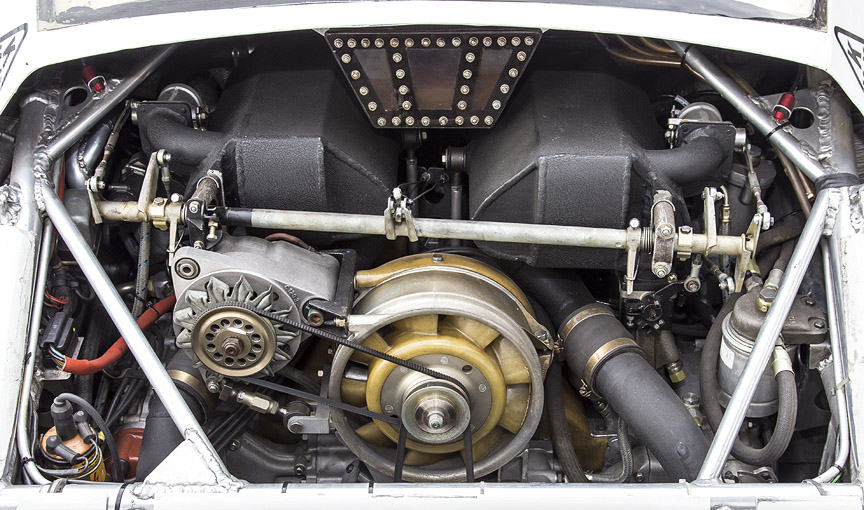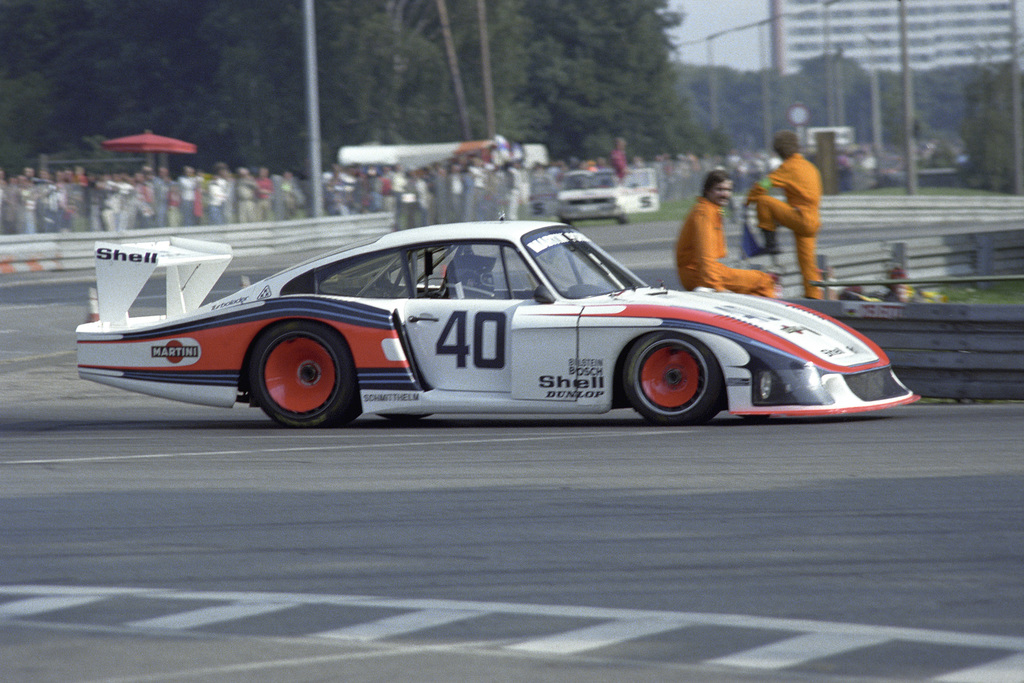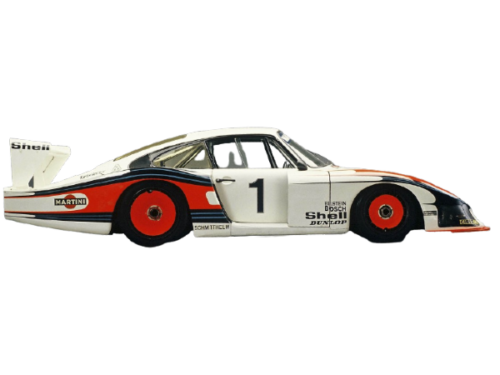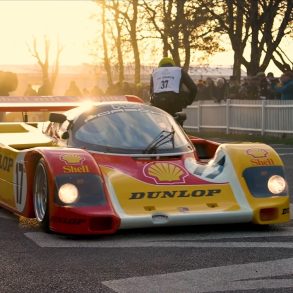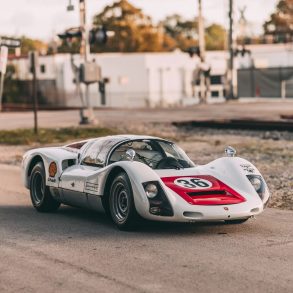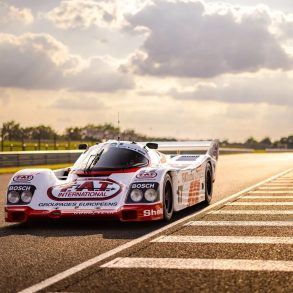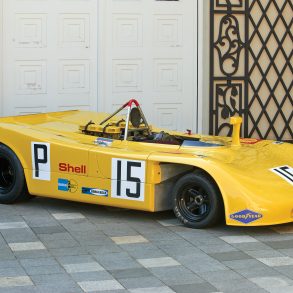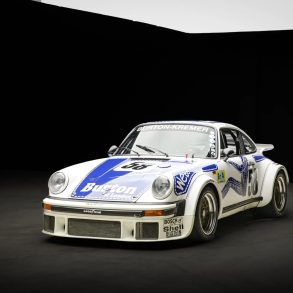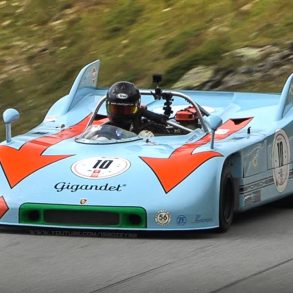Porsche 935/78 ‘Moby Dick’ (1978)
Premiere: 1978 May 14 at Silverstone 6 hours / Engine: 3.2-litre 24-valve flat-6 bi-turbo / Gearbox: 4-speed
Note: This article is not about the 935 customer cars built in 1978 (these were 935/76 in essence).
The 935/78 was the ultimate expression of the 911 factory race car before Porsche officially withdrew from motor sport. Raced under the Group 5 silhouette series, great liberties were taken with the design and the result was nicknamed ‘Moby Dick’ for its large size and huge overhangs. Only one 935/78 was built, wearing chassis number 935006, and used by Martini sponsored Porsche factory racing team.
When the 935/78 was first shown, it didn’t look exactly as it would once it’s ready for racing. The prototype had very wide doors, a shape in the side that looked like a supersized NACA duct and a different rear wing. The prototype was nicknamed “Moby Dick” after a big white whale in a famous novel and the name stuck with the car although it was never raced in full white.
The 935/78 was built under Porsche’s Chief Racing by Norbert Singer for high speeds at Le Mans. Due to the advanced shape of the car 227 mph or 366 km/h was possible. The front and rear end were redesigned with detachable panels that could reveal what little was left of the production unitary steel monocoque with new aluminum sub-frames. The design even went as far as replacing floor and lowering the car 75 mm.
The engine had to use production car internals, but the cylinder-heads were open for modification. For the first time in the history of the 911 the engine came with water-cooled cylinder heads featuring four valves per cylinder. Maximum output of the turbocharged 3.2-litre six-cylinder with four overhead camshafts was 845 bhp at 1.7 bar of boost. At the standard 1.5 bar, 750 bhp was possible.
The rear end of the car was completely new. Radiators that cooled the cylinder heads were mounted just ahead of the rear wheels and a massive adjustable rear wing was fitted above the engine.
With a firm eye on Le Mans, Porsche sat out most rounds of the Championship except the Silverstone 6 Hours. Thus, the first race for the 935/78 was the 1978 Silverstone 6 hour race, which it easily won. Jochen Mass and Jackie Ickx won outright with a large margin over the nearest competition. It remained the only podium place for the 935/78, though. The car’s crazy look made it more famous than its single victory or its engine with water-cooled heads producing in the region of six hundred kilowatts.
Four weeks after the race at Silverstone came the 1978 Le Mans 24 hour endurance race for which the longtail 935 Group 5 car was built. It wasn’t considered as the overall winner candidate, Porsche had 936 for that, but the 935/78 was third after qualification!
At Le Mans, only a single car was entered for the 24-hour race. It set the fastest lap among several specially-built prototypes. The 935/78 had enormous fuel consumption which forced additional fuel stops. Because of a few issues with the car, Rolf Stommelen and Manfred Schurti finished 8th, 43 laps down from the winning Alpine. Rolf Stommelen and Manfred Schurti did the best they could despite these engine troubles.
In September 1978, the 935-006 was entered in two more races, but without luck – the car didn’t manage to finish the Vallelunga 6 hour and Norisring Trophy races because of different technical problems. The short career of the original 935/78 ended. Porsche retired it as a permanent fixture in their Museum. The 935/78 was fitted with number 1 like in its first race where it was victorious. At some point in time, the museum car was decorated with number 43 that it wore at Le Mans. In later years Reinhold Joest and Kremer each made their own versions of the Moby using the factory blueprints.
A Visual History
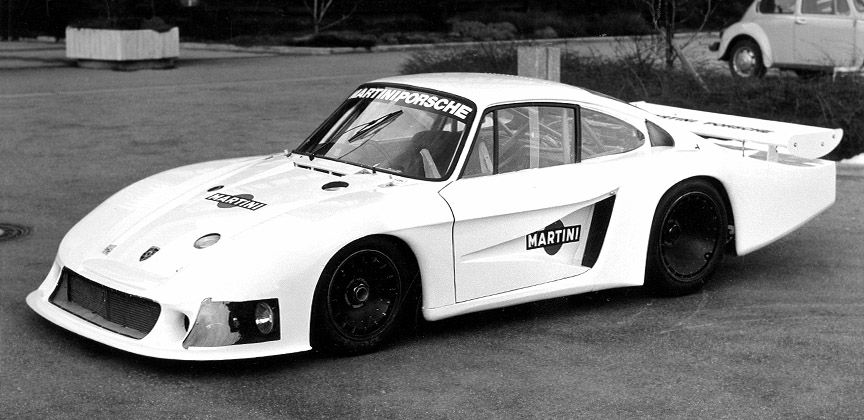
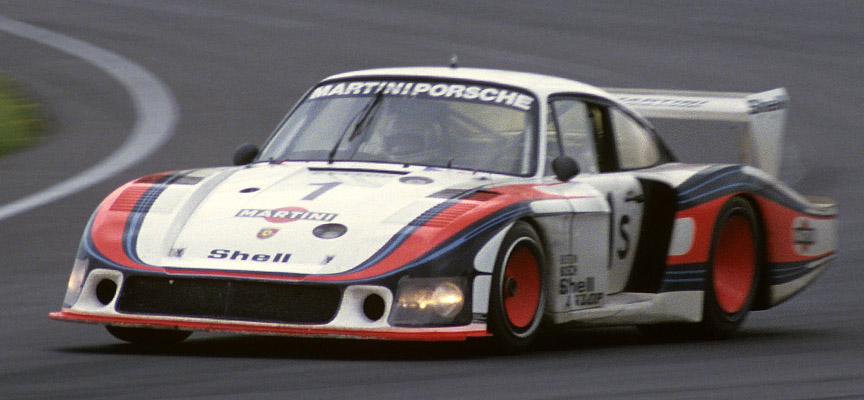
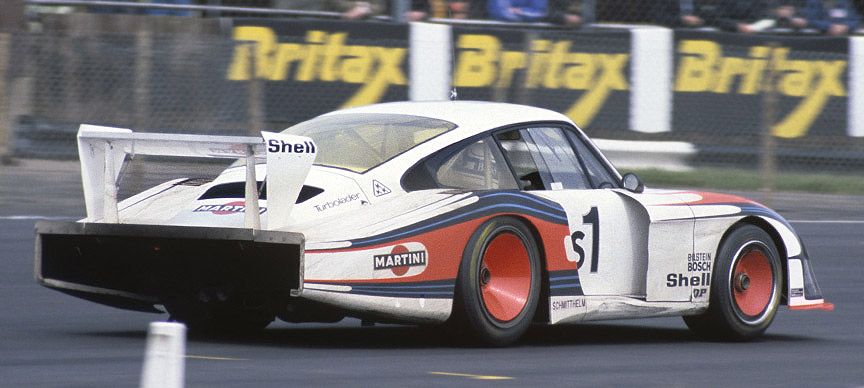
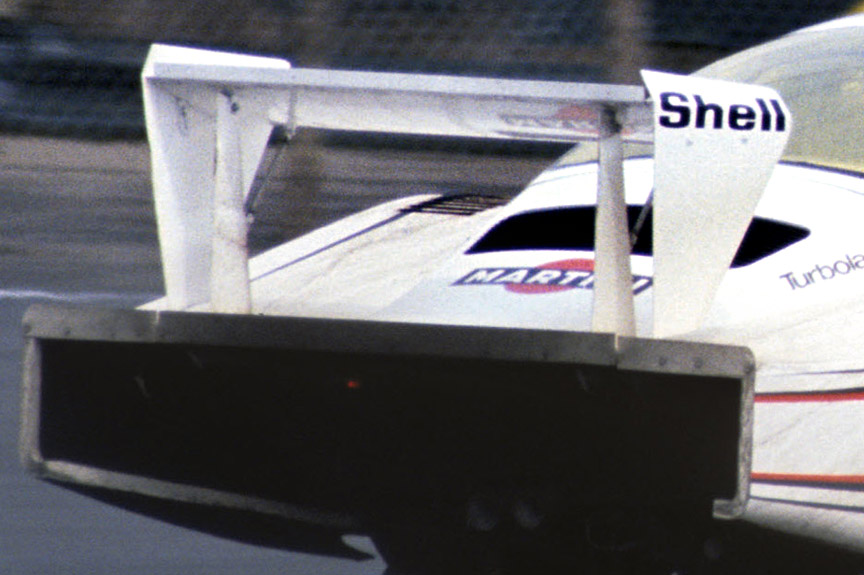
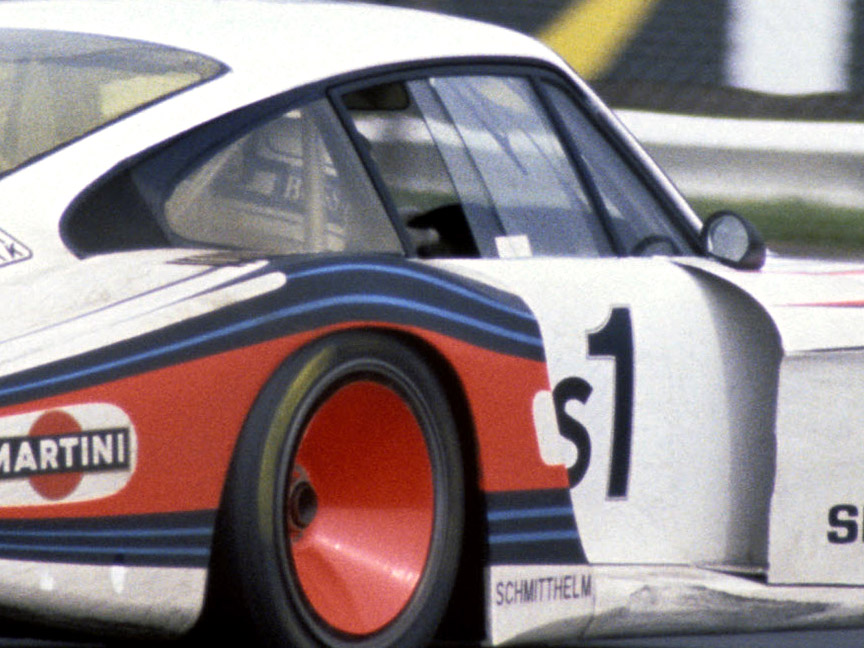
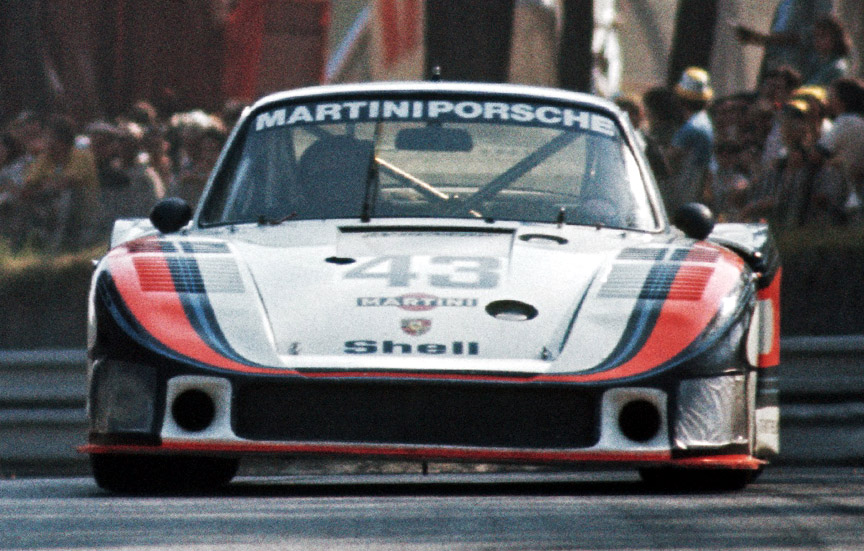
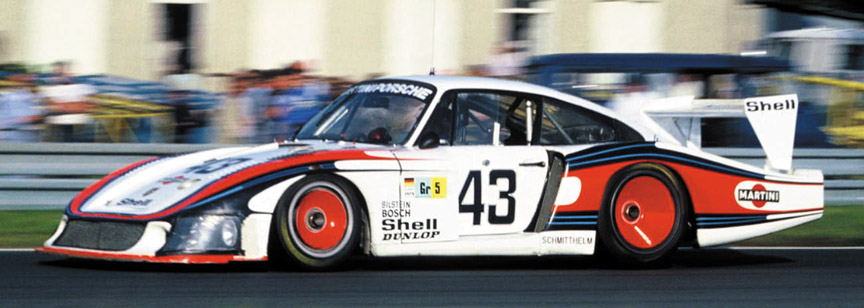
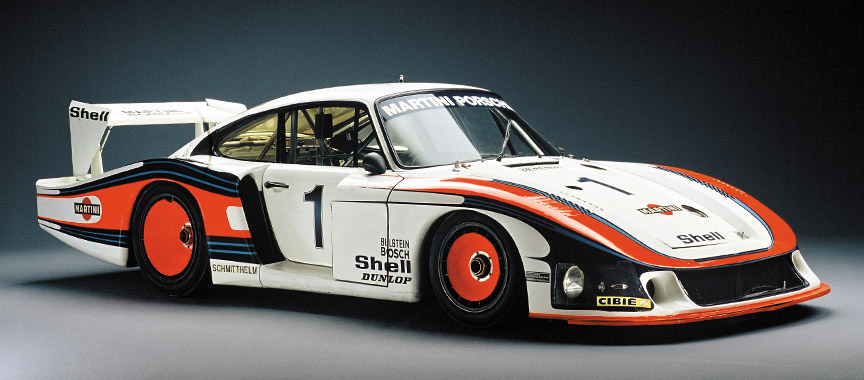
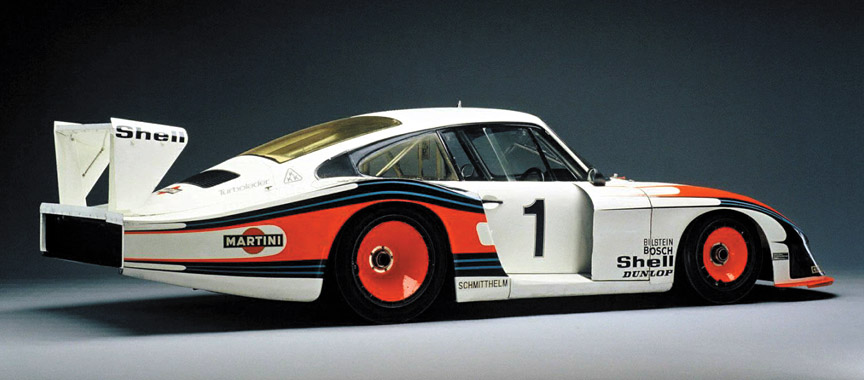
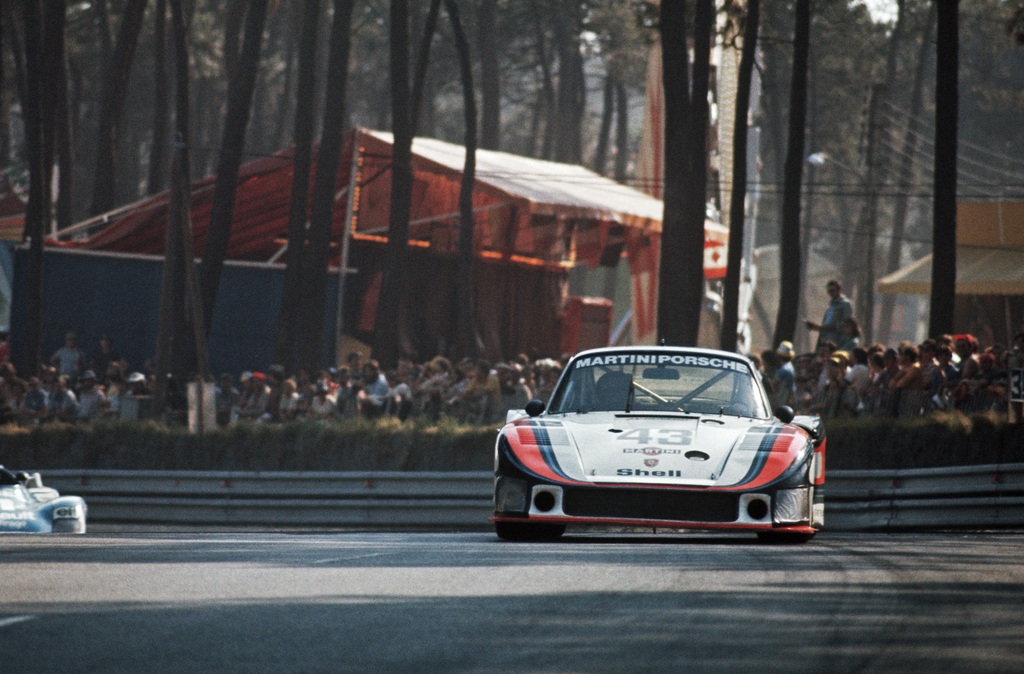
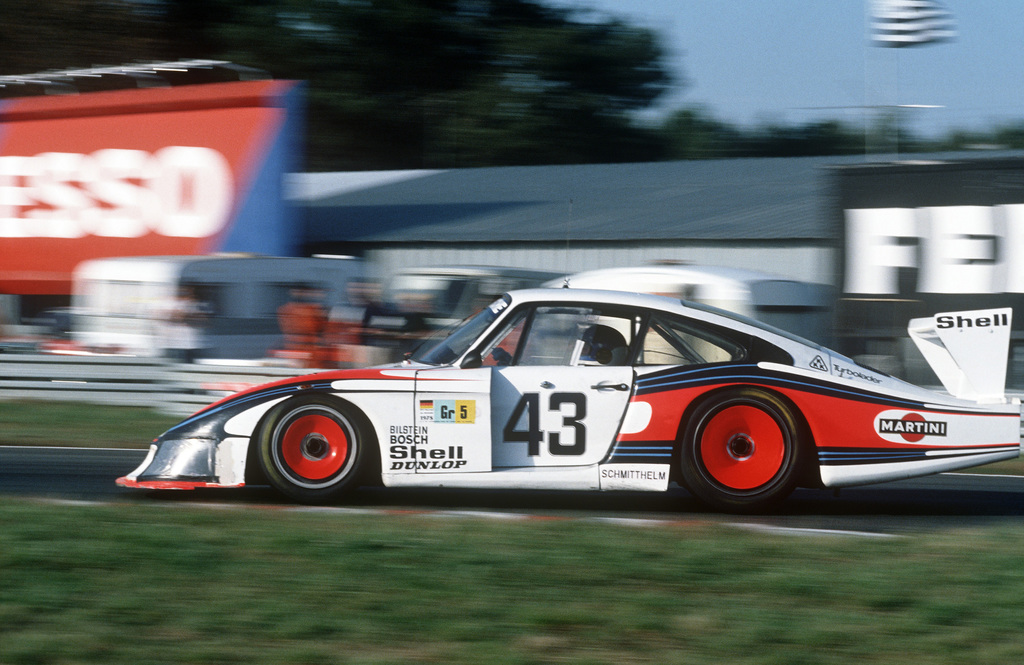
Joest Racing Clone 935/78
For the 1981 racing season Joest racing team created a clone of the “white whale”. The car with chassis number JR-001 looked similar to 935/78 and in the first race on March 22, 1981 at Zolder in Belgium the car was painted white. While it was entered in more than 20 races between 1981-1983, it wasn’t seen in white anymore. The car had some success in 1983 when it scored Road Atlanta 500 km 3rd, Riverside 6h 3rd and Pocono 500 Miles 2nd.
Another long-tail 935 was created by Andial. It was a successful racer scoring 1982 Riverside 6h 2nd, 1983 Daytona 24h 1st, 1984 Daytona 24h 2nd and 1984 Sebring 12h 3rd.
